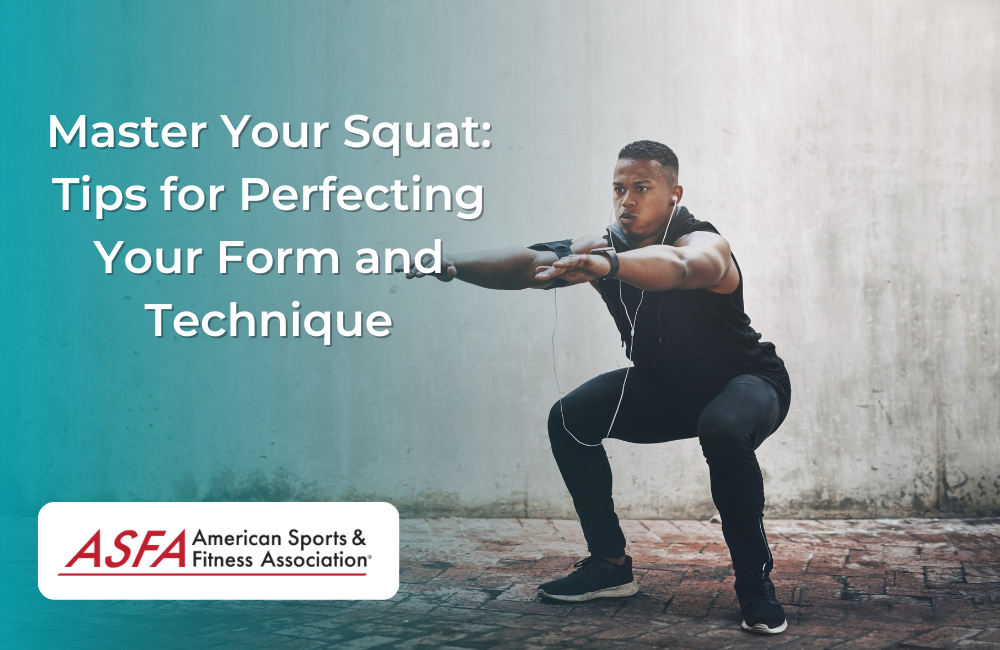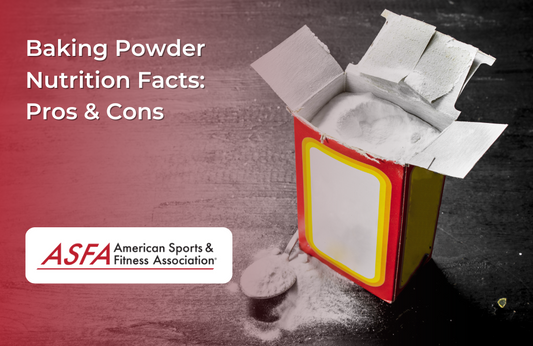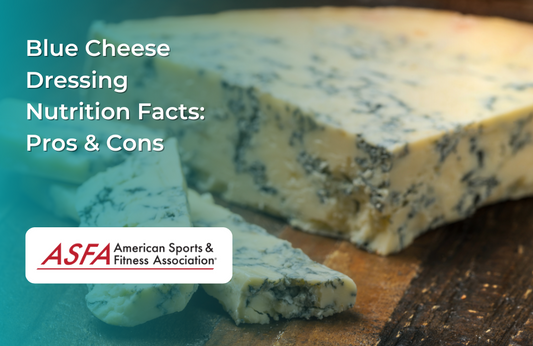Squats are essential to any fitness routine and especially important for runners. They strengthen your lower body, improve flexibility in your hips and ankles, and can help prevent injuries caused by overuse of the knees. While squats might seem simple enough to perform on their own without any additional equipment or modifications—squat down until your hamstrings touch your calves—they have a lot more depth than that. You need to be sure you're using the proper form to avoid injury while maximizing the benefits of this exercise. I'm going to break down all the steps involved in mastering this foundational move so you can get the most out of every squat session:
Step 1: Start with a good posture.
When you're ready to squat, begin with a good posture. Stand up straight and look straight ahead. Bend your knees slightly to lower yourself down into the squat position. Keep your back straight--don't let it round forward or arch backward too much! Your chest should be up so that it's parallel with the floor (or even higher) when standing upright at full extension in between reps or sets of squats.
Your weight should be on your heels rather than on the balls of your feet; this will keep pressure off of any joints in those toes as well as help prevent injury during exercise routines such as these, where a lot is going on at once: moving quickly while also lifting heavy weights upwards towards one's body centerline which could cause strain if done incorrectly over time due to improper form techniques used during exercises like these where mechanics matter most when trying new things out for the first time.
Step 2: Take a deep breath in, and then slowly exhale.
Now that you've got the basics down let's get into the real meat of the squat.
- Take a deep breath in, then slowly exhale. Make sure your back stays straight and your chest up as you do this--it helps to think about pushing out through both heels with each exhalation. This will keep you from rounding over or arching too much during the lift itself.
- Keep your shoulders back and head up as well; again, this keeps tension off of the lower back and allows for a greater range of motion in which to move weights.
Step 3: Keep your weight on your heels, not your toes.
The third step to mastering your squat is to keep your weight on your heels, not on the balls of your feet. This is an important concept to grasp because it's one of the keys to being able to squat deeper. If you have trouble remembering this while learning how to do a proper squat, think about it like this: when we stand up from sitting down (or vice versa), our knees should be behind our toes--not in front of them!
This means that if your knees are in front of where they should be when doing an exercise like a barbell back squat or bodyweight walking lunge, then there's a good chance that either A) something else needs fixing before moving forward with any other steps; or B) using more weight than necessary will cause injury down the line.
Step 4: Once you're at the bottom of the squat, slowly exhale and drive through your heels to stand up again.
- Once you're at the bottom of the squat, slowly exhale and drive through your heels to stand up again.
- Don't rush. Using momentum to get up is tempting, but this can cause injury. Instead, focus on using muscles in your legs and core rather than momentum or body weight alone.
- Don't lock out your knees at any point during the movement; keep them bent slightly throughout so they stay healthy and mobile over time! Also, be sure not to let them move forward over toes or let back round out as that puts undue stress on joints which could lead to pain later down the road (ouch).
Squats are a foundational exercise that everyone should include in their fitness routine.
Squats are a foundational exercise that everyone should include in their fitness routine. They improve overall strength and fitness, can be done anywhere, require no equipment (unless you want to use dumbbells or barbells), and are great for building muscle mass. But how do you know if your form is right? How do you know if you're doing squats right?
In this article, we'll look at why squats are so important for building muscle mass; we'll discuss how to perform a proper squat; explain how to modify the movement for different levels of ability; review some common mistakes people make when performing the exercise; and give some tips on how to master your squat technique so that everyone from beginners through advanced lifters can benefit from this amazing exercise!
Conclusion
In conclusion, if you're looking for a way to improve strength and mobility, squats are a great exercise to add to your routine. They can be done anywhere without equipment, so there's no excuse not to do them! And remember: practice makes perfect! The more times you perform this movement with proper form and technique, the better you'll get at executing it correctly every time.





